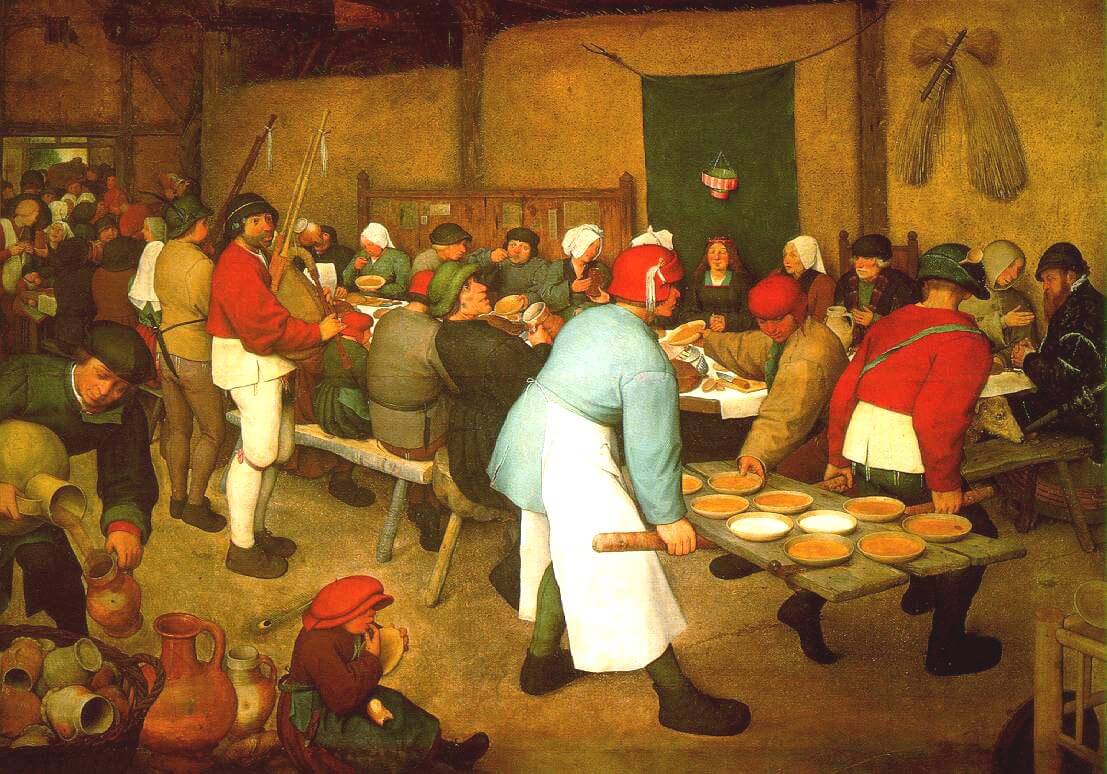

If 'Hamlet' is a translational act, then Shakespeare’s "Englishness" can be somewhat decentralised.

Furthermore, the Renaissance printing industry is testament to the ways in which dialectical aspects of English were not limited to Shakespeare’s work. English worked – and perhaps still works – as a language between languages “based on a system of double derivation…at once Germanic and Romance” (George Watson, ‘Shakespeare and the Norman Conquest’, 617). In light of Ardis Butterfield’s extensive work on Chaucer’s multiple vernaculars, this paper conceptualises Shakespeare’s English as a French dialect of the language. Only a hundred or so years earlier, Anglo-Norman was still a widely-spoken dialect on English soil. Putting aside any questions about an ‘ur-Hamlet’, the Shakespearean "translation" of this tale exists in multiple iterations that appear to respond to a second francophone source: the 'Essais' of Michel de Montaigne. This is most likely to have reached Shakespeare via a French translation of a Latin collection of tales by a Danish academic: 'Les Histoires Tragiques' by François de Belleforest.

Beneath the question of this play’s three texts and their chronology is a question of origin, which is made more interesting in light of the play’s narrative source, the Amleth myth. This paper considers Shakespeare’s use of non-Anglophone sources and dialect within 'Hamlet'. Presented as part of 'Playing With Source Materials: Alterations and Shakespeare's Creative Fabric' at the NeMLA 'Global Spaces, Local Landscapes, and Imagined Worlds' conference, Omni William Penn Hotel, Pittsburgh, PA, April 12, 2018. Please contact me if you wish to read any of this work directly.


 0 kommentar(er)
0 kommentar(er)
